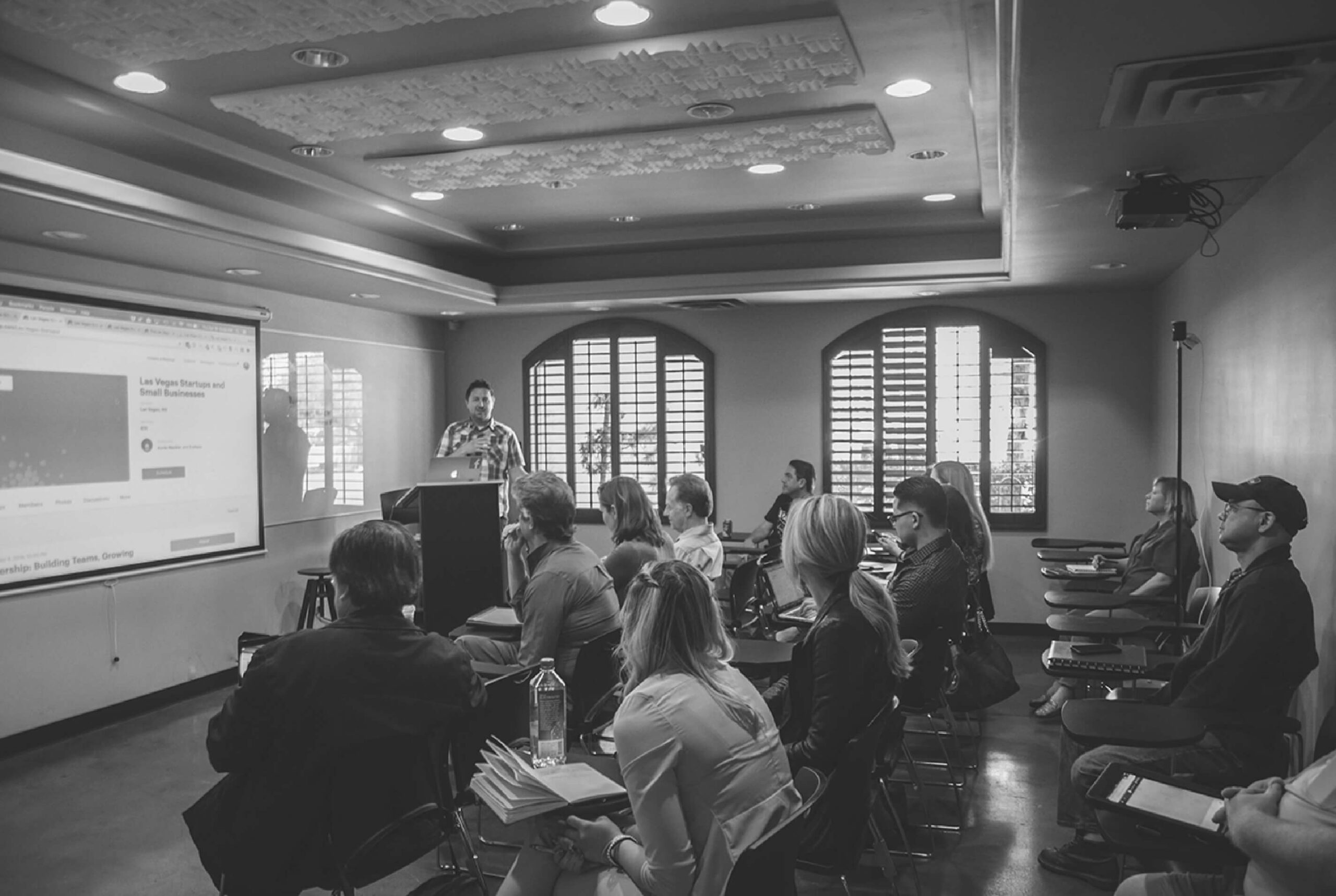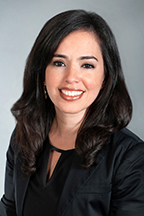![]()
Senator Cristina Pacione-Zayas, former Associate Vice President of Policy for the Erikson Institute, an academic institution focused on child development where she led the Institute’s efforts to create policies supporting young children, families, and communities, currently serves on the Education, Health, Higher Education, Human Rights and Revenue committees. Her experience serving in local and state government has given her an understanding of government at all levels.
For the third issue of the PCC Higher Ed Policy Quarterly newsletter, Senator Pacione-Zayas discusses the importance of equitable opportunities in higher education in Illinois and her goals and vision for her district and the next legislative session.
If this question is referring to current access, I would describe it as inadequate and limited. It is evident that the system was designed for a student profile that assumes a level of wealth, affluence, prior knowledge, and proximity to the white, middle class, able-bodied status quo. As a result, many structural barriers are experienced by Black, Latinx students along with those from households with limited economic resources. Barriers are not just financial, but are also social and cultural.
If this question is about a future state, significantly greater access to higher education is an imperative. While it is not the only path to a life that has greater access to opportunity, economic stability, it is one of several pathways that contribute to a society that is thriving and sustainable. Indicators of greater access include:
- Subsidizing tuition and fees beyond disparate programs that require significant coordination of blending and braiding funding to take full advantage. We know that financial barriers are a clear front runner for preventing degree completion and we can do better with streamlining funding streams, public and private, to cover the full cost of higher education.
- Streamlining pathways towards completion including greater access and support to dual enrollment at the high school level, the provision of four-year degrees where we have critical shortages and lower earning potential at community colleges, and redesigning programs of study to meet non-traditional student profiles (i.e., parents, students who work full-time, students experiencing housing instability, etc.).
2. What kind of progress would you like to see in your district in the higher education space?
I would like to see Northeastern’s El Centro utilized to its full capacity. Due to the pandemic and general decline in enrollment, the vision of El Centro as a full-service satellite of Northeastern located in the heart of the district has yet to be realized. Additionally, with respect to streamlining pathways towards completion, I would like to see higher education programs housed in non-traditional spaces and increased offerings in cohort models. Research shows that when you bring programs to students and facilitate deeper relationships among peers and faculty, higher completion rates follow.
3. How can we make college more affordable, and how do you think this affordability might impact your district?
Affordability is a significant barrier for students in general and particularly in the district I represent since the median household income is $51,800 annually and even less for Latinx households with a median of $44,400 and Black households at $38,300 annually.
Affordability can be achieved when dual enrollment programs expand so that high school students can graduate from high school with some college credits up through an associate degree thus reducing the total cost of a bachelor’s degree. Furthermore, if we explore and implement new revenue streams such as the “Wealth Tax” proposed by Senators Warren and Sanders, it can allow for greater allocation of funds at the federal level to leverage state investments and the cost of college could be fully subsidized.
4. As you plan for the new legislative session, what are your highest hopes for Illinois higher education? What are your greatest fears?
My greatest hope is that we are successful in laying the appropriate groundwork for the effective implementation of HB2878 which establishes an Early Childhood Higher Education Consortium. The Consortium will join all public four- and two-year institutions in universal agreements and roll out comprehensive supports by region to upskill the incumbent early childhood workforce. If done with fidelity, it could be a model for other sectors where we could benefit from greater collaboration, flexibility, and support in the high education ecosystem.
One fear I continue to have is complacency with and commitment to maintaining the status quo. We have mounting evidence that the traditional brick and mortar institution does not serve all students and is grossly dated. Furthermore, the system is designed to produce the exact outcomes we witness today and without deliberate dismantling of limiting policy and harmful practice, we cannot be surprised if nothing changes. Having worked in institutions of higher education, I have witnessed the notion of tradition and exclusivity undermine innovation and moral imperatives. We must acknowledge that the college student of today is radically different from the college student of just a decade ago. The evolution of technology and the widening disparities among different demographic groups call for a doubling down on transforming the existing system if it is to survive and live up to the ideal of supporting the preparation of the next generation to lead and thrive.
5. As we continue to celebrate the passing of SB815, what do you hope for the Commission to achieve?
To be populated by independent thinkers and doers who will challenge the status quo, be disciplined in engaging diverse stakeholders throughout the process, and to adopt the seventh-generation principle from Native American tradition, that attempts to look ahead seven generations when engaging in decision making. Further, I hope for the explicit centering of racial equity and anti-racism to guide the process so that the result is a funding mechanism that can attempt to remedy the gross inequities experienced by Black, Latinx and other lived experiences harmed and derailed by the status quo system.
6. With our students moving back to in-person learning, what needs to happen in Illinois to address both the short- and long-term impacts of the pandemic on our students?
Radical support, grace and flexibility need to be in place as students transition back to in-person learning. Of course, safety mitigations should be the bare minimum to eradicate transmission of a virus that spreads quickly in congregate settings. In addition, mental health services will need to be ramped up as students come to grips with what they have witnessed and continue to manage throughout not just the pandemic, but also the racial reckoning with the murder of George Floyd. Housing and economic instability are likely to be more prevalent given the impact of the pandemic on many families and communities of color and therefore wrap around supports will be more important than ever.
7. What more would you like to achieve in the 2022 legislative session? What else is important to push an equitable agenda in higher education?
An honest dialogue where we can precisely name the root causes of our challenges in high education so we can deliberately design solutions with the end goals of equitable access and radical inclusion. This starting point is critical for us to effectively address the chronic issues in the field in hopes that we can witness greater achievement and healthier experiences in higher education for individuals who have historically been marginalized including students, faculty and academic professionals.
8. Is there anything else you would like to add?
As a student of Paulo Freire, I believe deeply in his assertion that education is an act of liberation and freedom. Anything short is just reproducing the social hierarchy and institutional violence that have plagued the system. The imperative is to build critical consciousness among students that facilitates social responsibility and skills that benefit collective advancement. If we can agree on that common goal, we can be rest assured that Illinois will have a promising future.


